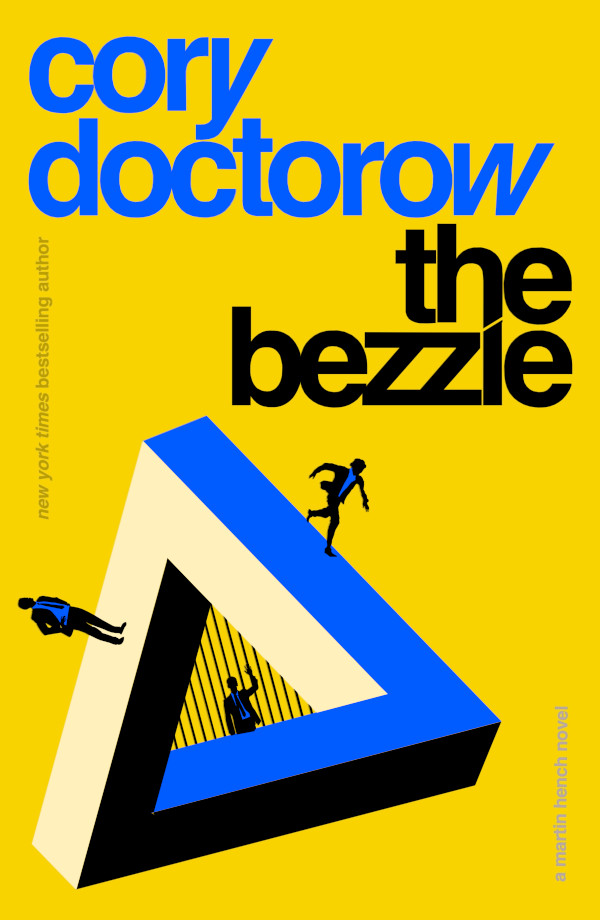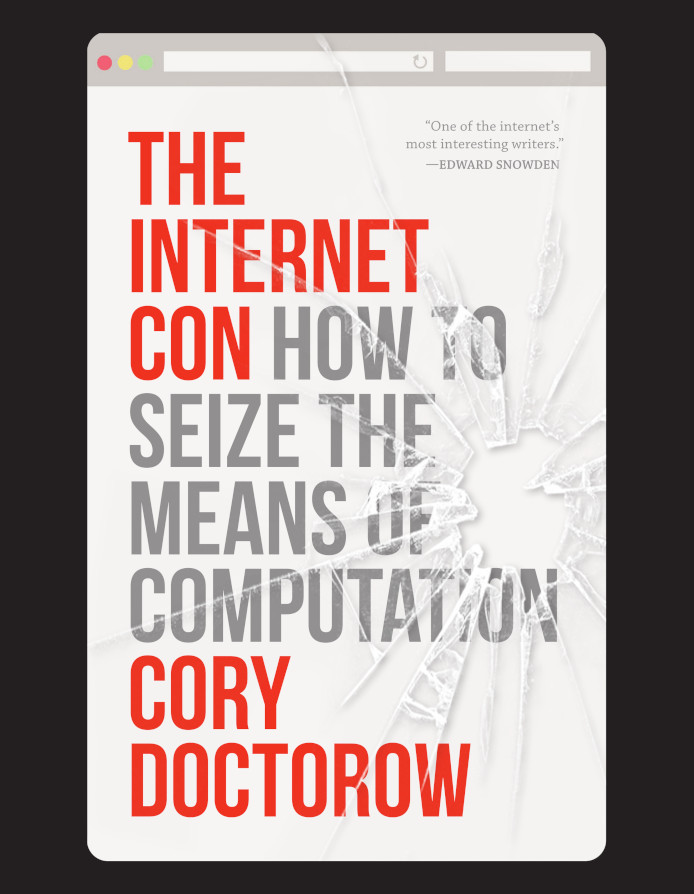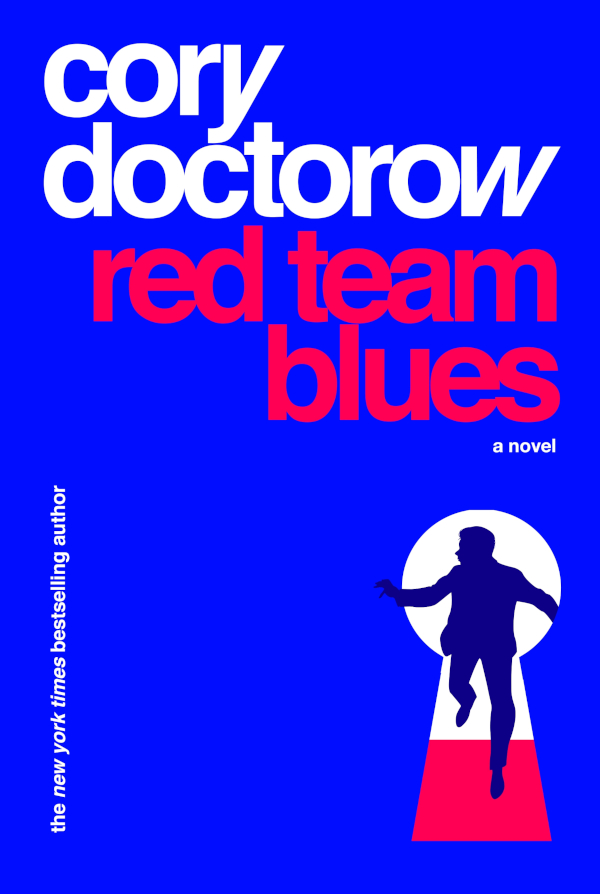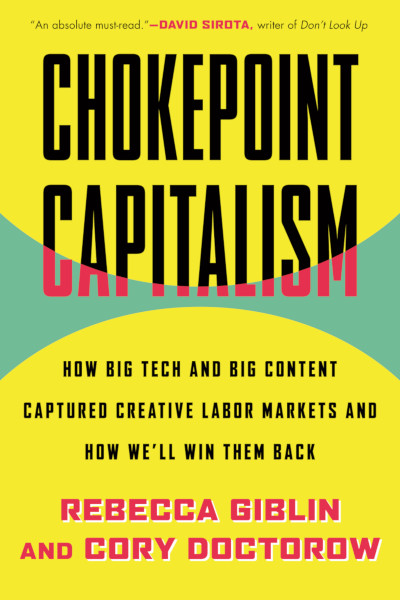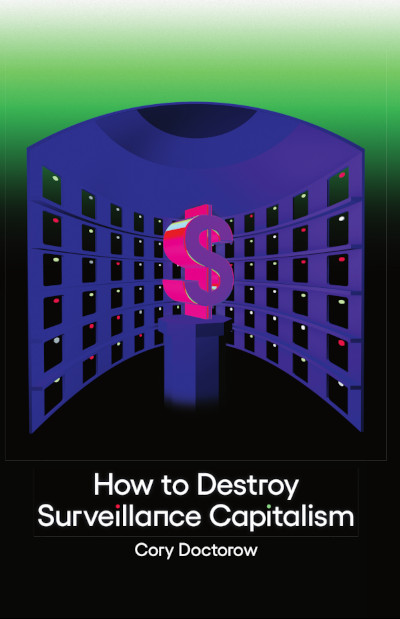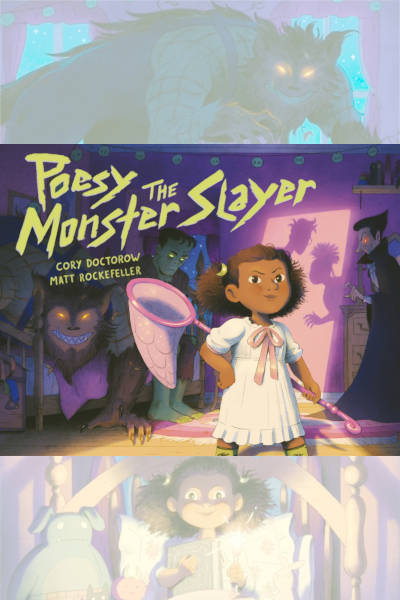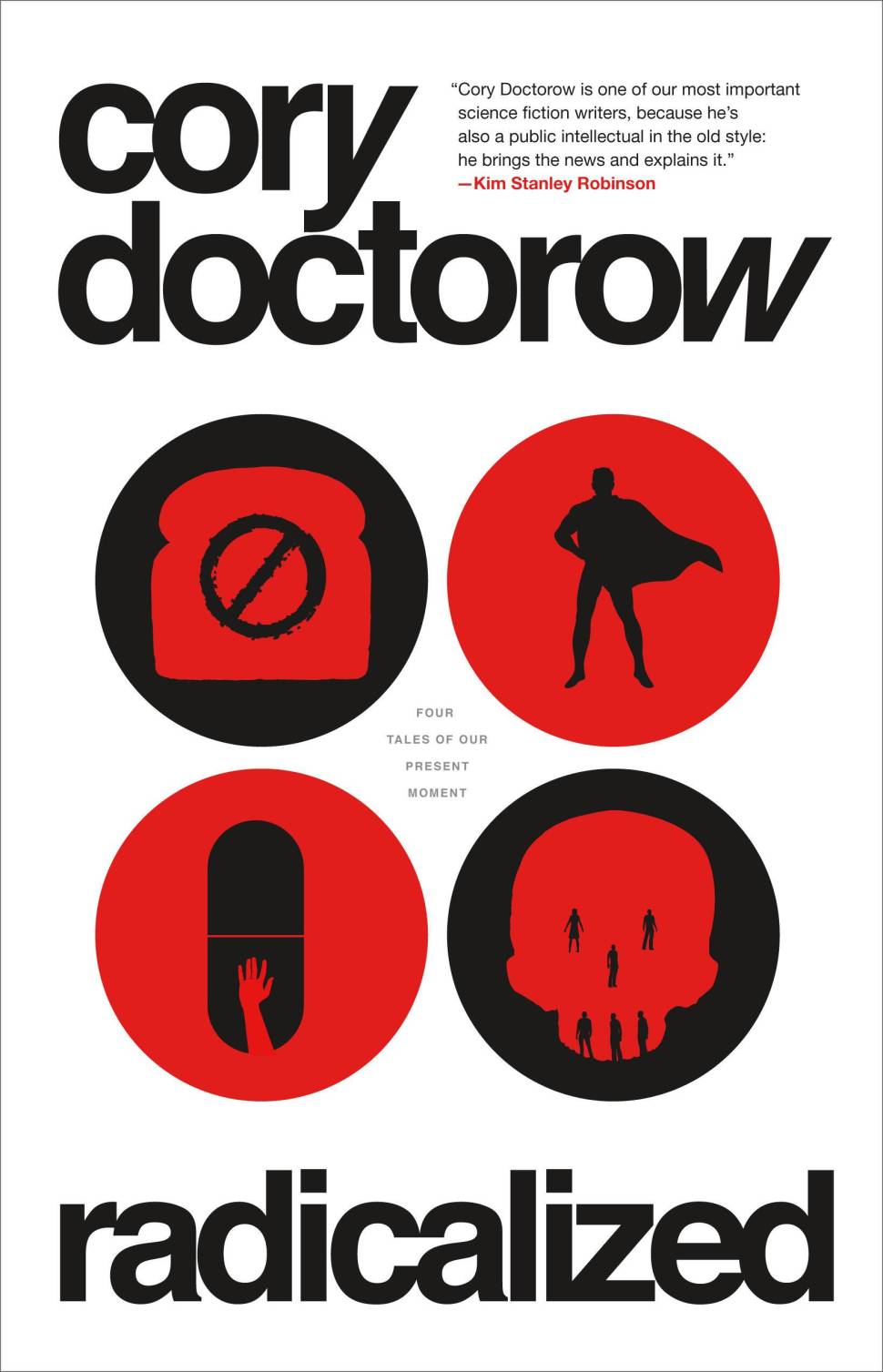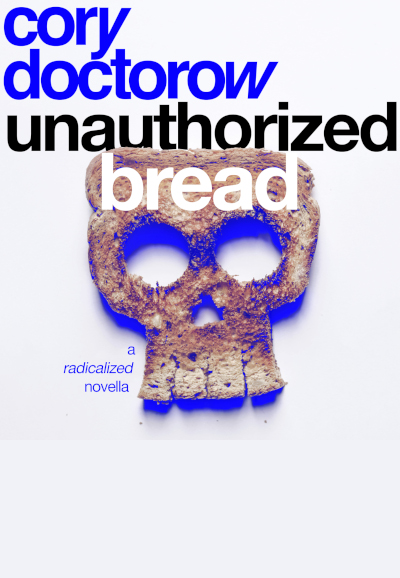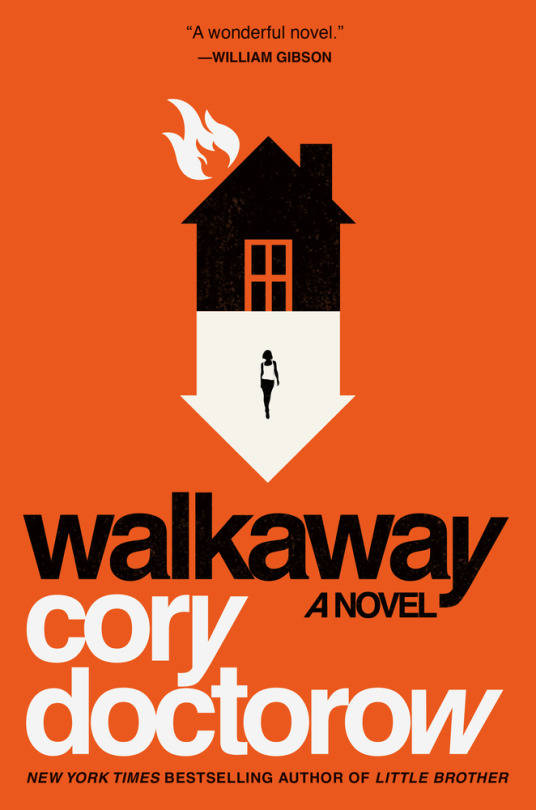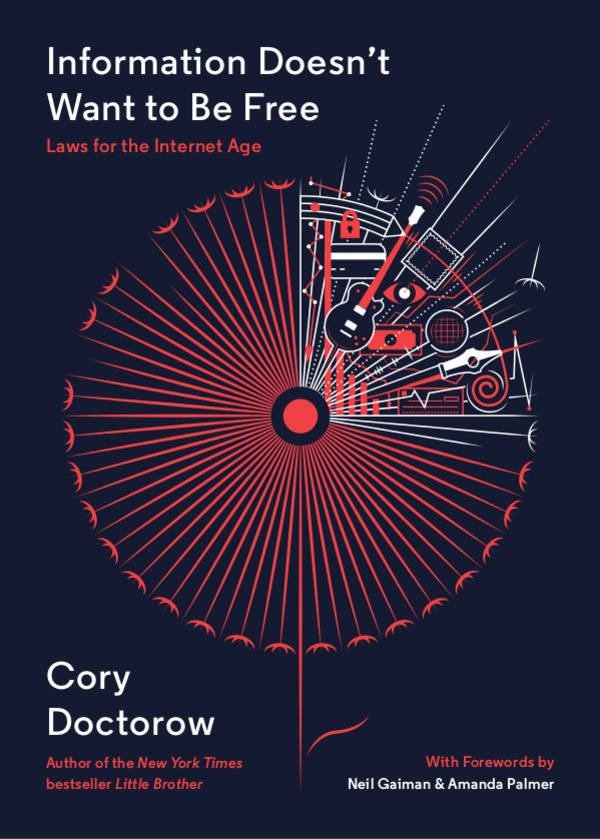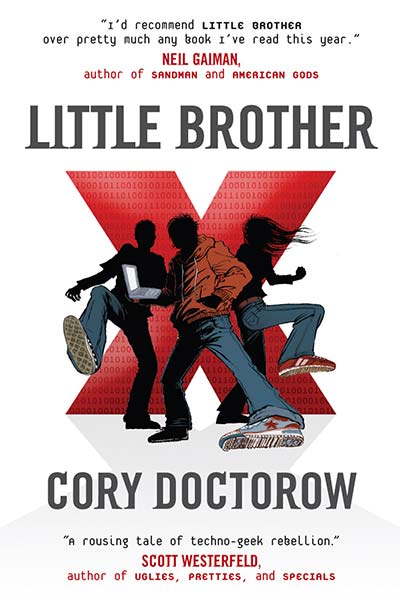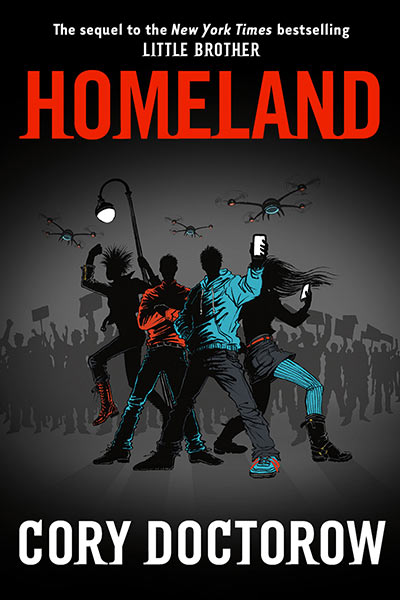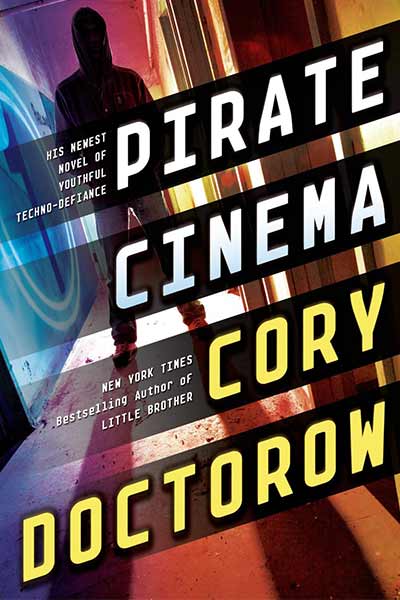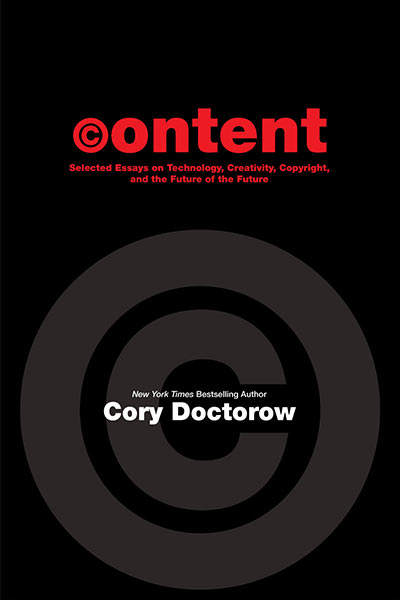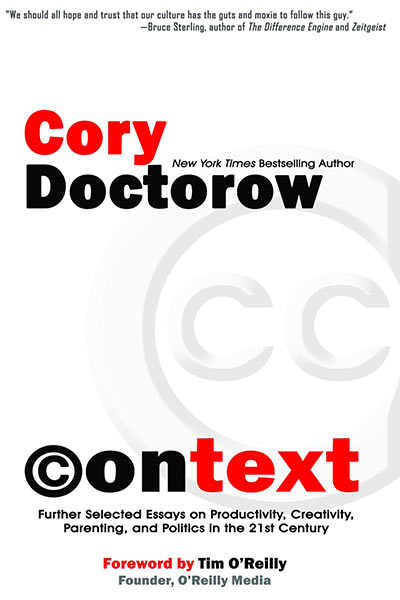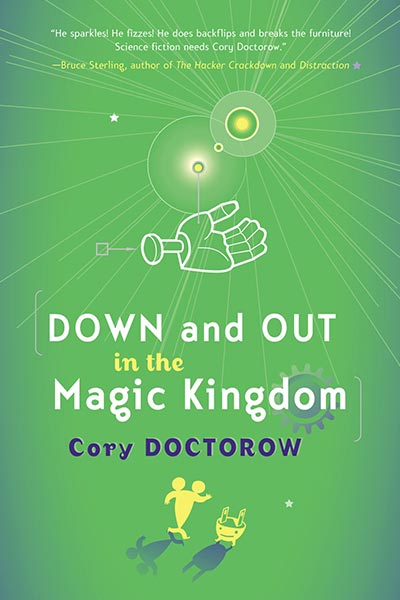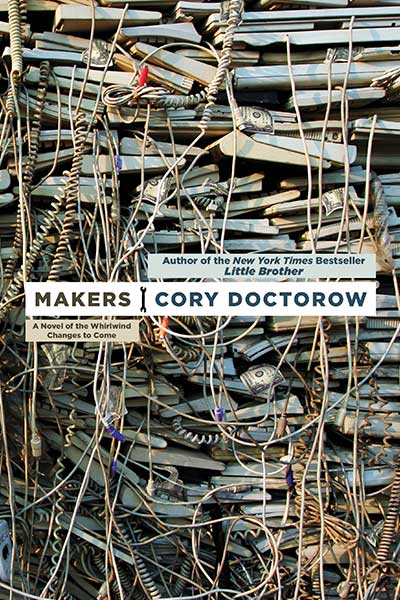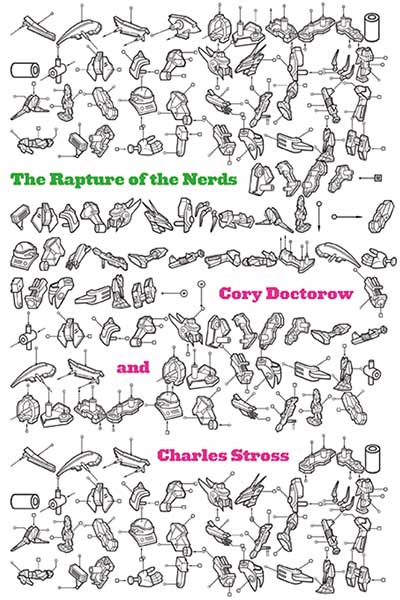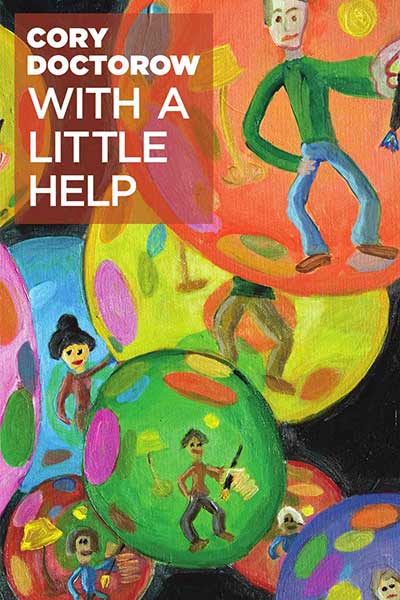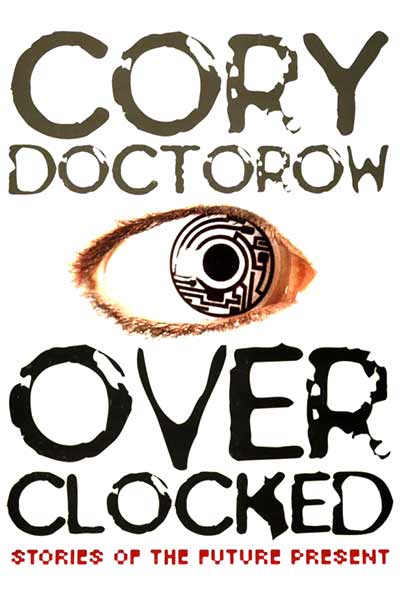Last week I did a virtual book-signing of my novel Someone Comes to Town, Someone Leaves Town along with an interview in the massively multiplayer online world Second Life. All last week, Hamlet Linden, the game’s embedded reporter, has been running the transcript of the interview in the Second Life blog, New World Notes. Now the whole thing is online.
On a related note, Damon Wallace continues to add to his amazing collection of fan illustrations of scenes from my novel, including Alan’s tiny thumb, Marci in the family cave, a sketch of Davey and a wicked-creepy Davey attack on Alan. These illos are just gobsmackingly wonderful.
HL: [Audience member] Jarod Godel asks, “A lot of the backstory and universe in Someome Comes To Town was left open; was this done on purpose, trying to encourage fan fiction to fill in those gaps?
CD: Not to encourage fan fiction per se, but the human imagination has a lot higher polygon-count than prose could ever have. Leaving most of the world in shadow lets readers fill in very high rez pictures where you don’t have the throughput in the printed page. That said, if fan fiction emerged that filled that in, I’d be mightily chuffed.





